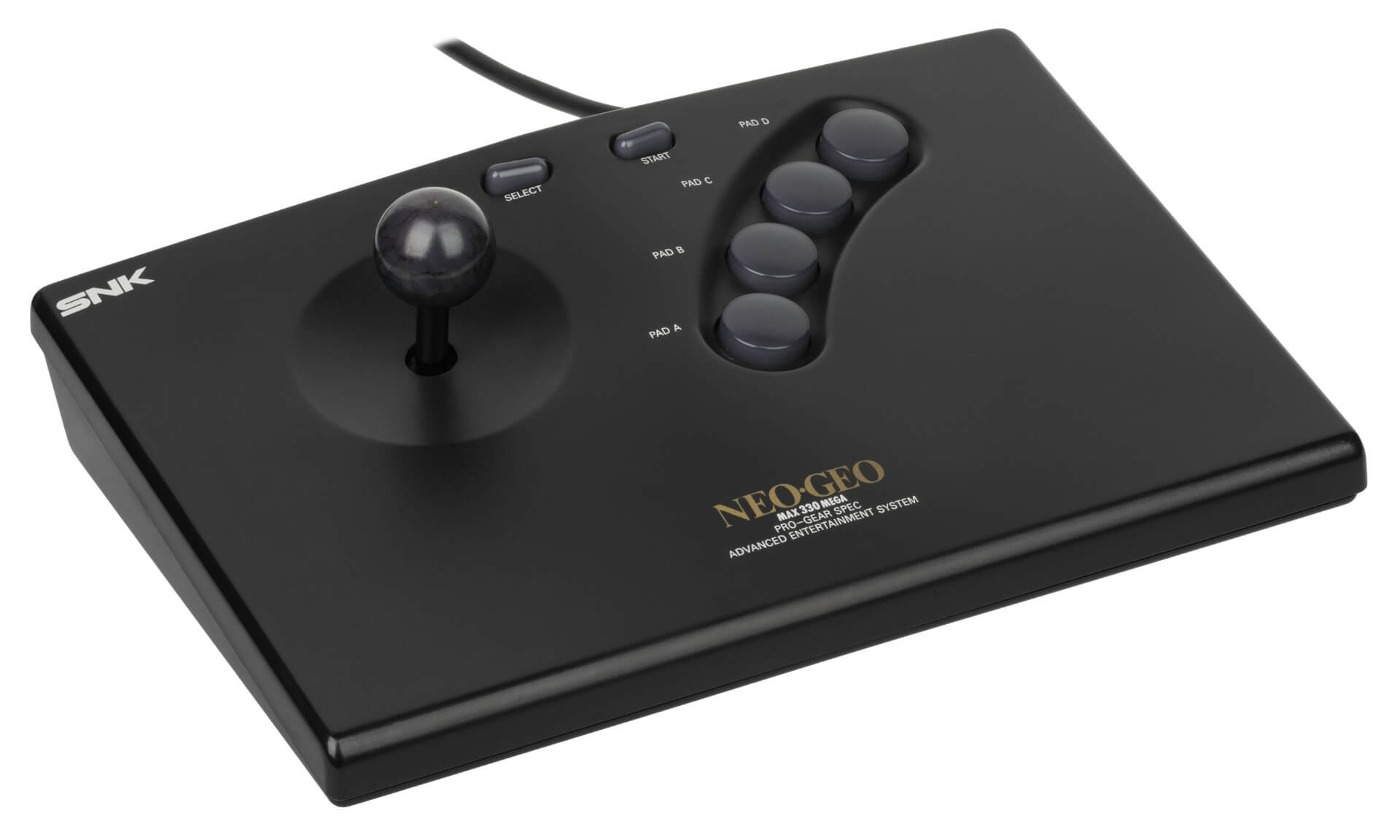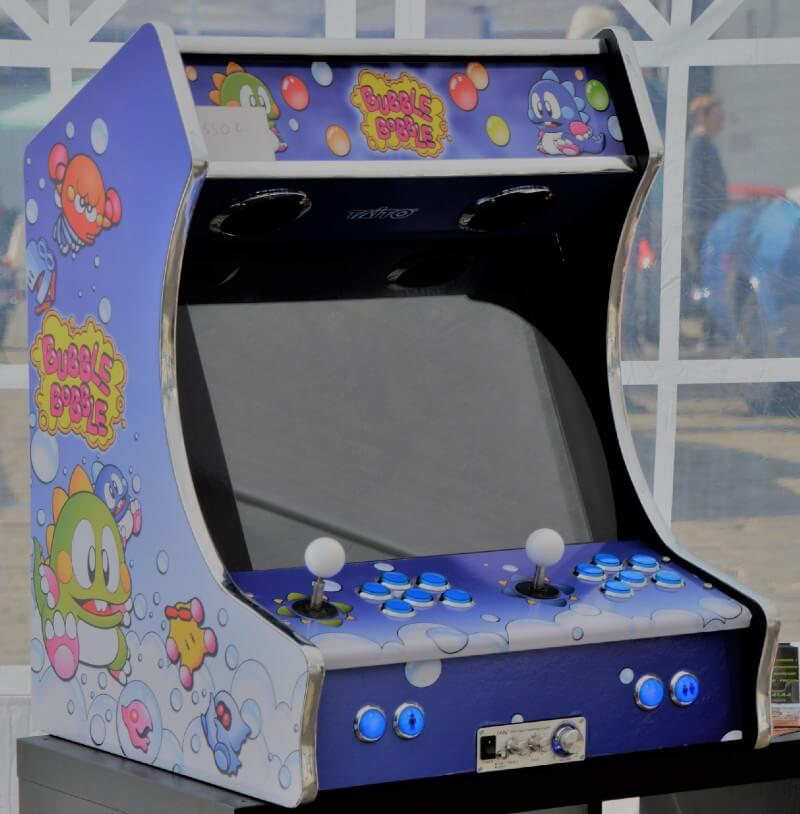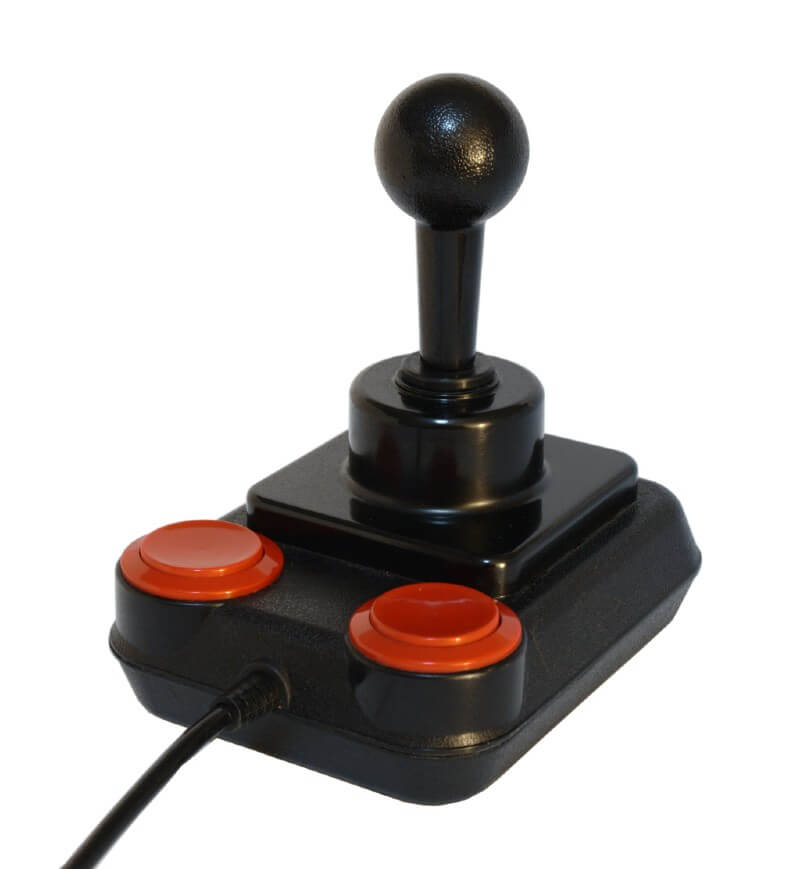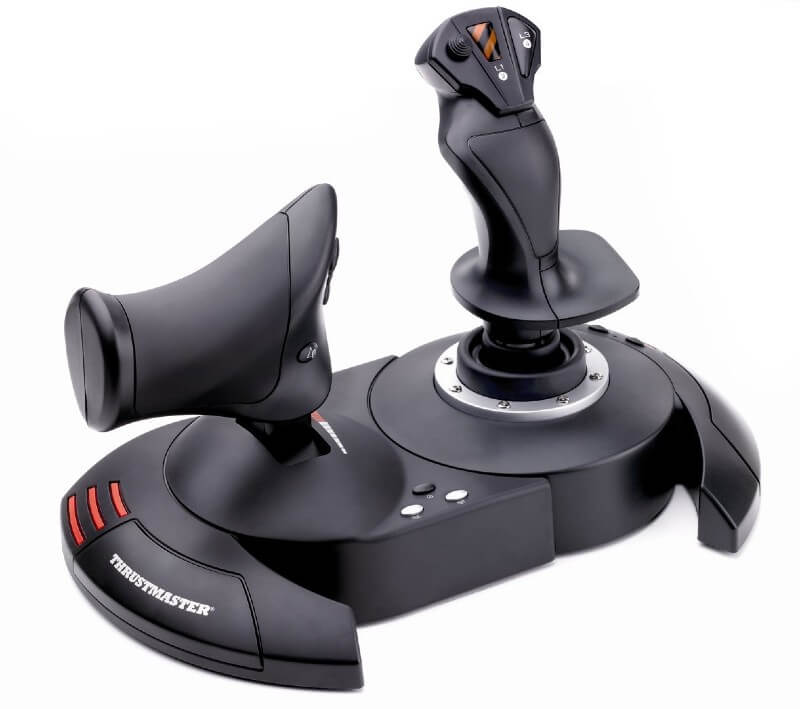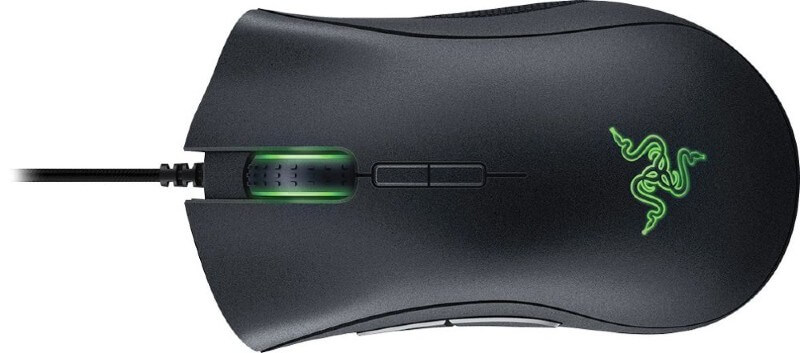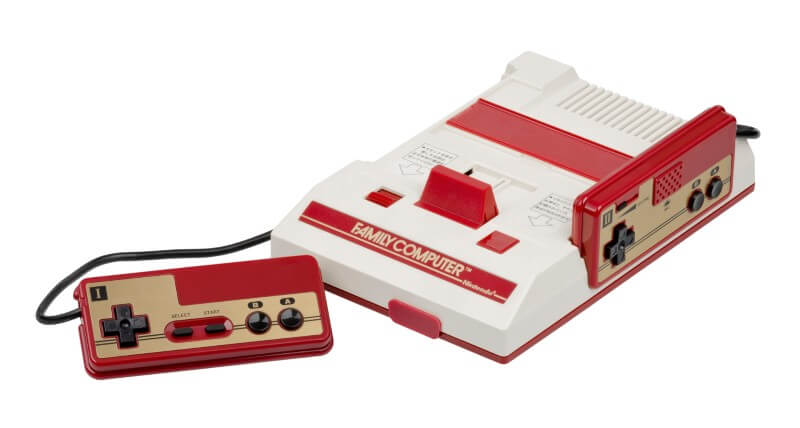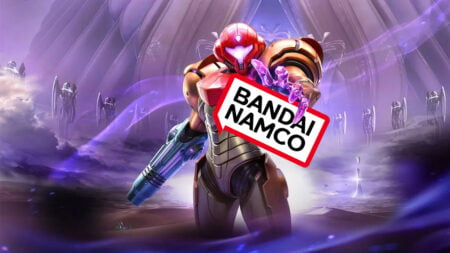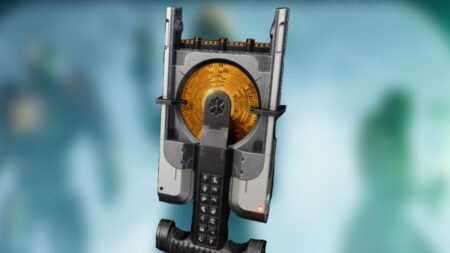[Updated on July 27, 2024, to improve the readability of the article]
“Arcade joysticks are the wrong way around!” is the sort of thing I used to debate over a pint or two. But since I don’t get out much these days with all the ‘dadding’ I have to do, I’ll settle for an online debate instead. As with any good debate, we need a nice controversial topic to argue about. Today’s motion is this: “The left-centric joysticks of video game arcade cabinets and the joypads of consoles are set up ‘the wrong-way-around’ for most players.”
It is assumed that the ratio of left-handed-to-right-handed people is constant across all groups and professions. During this debate, we will be using the terms left-centric and right-centric. These indicate which hand uses the primary control interface – i.e. the joystick, D-pad, or thumbstick.
Example 1: Bubble Bobble Arcade Cabinet: Joysticks Are Left-Centric
Example 2: Sega Master System Control Stick: Joystick Is Right-Centric
Most People Are Right-Handed
The exact percentage of left-vs-right handedness in the global population is unclear. However, a report in Scientific American estimates that between 70-to-90 percent of all humans are right-handed.
Aircraft Joystick Controls Are Right-Centric
The controls of single-seat or tandem-seat aircraft place the control stick on the right-hand side. This favors the dominant hand of 70-to-90 percent of pilots.

Piloting such aircraft places the pilot in harm’s way. The missions undertaken by such aircraft are of literal life-or-death importance. The cost of such an aircraft is around $90 Million.
Considering these three factors, would air forces across the globe hamper the combat flying ability of 70-to-90 percent of their pilots by placing the stick in their weaker left-hand?
Most other aircraft, including helicopters and gliders, are designed to be flown with the pilot’s right hand – even when the stick is placed centrally between the pilot’s legs.


Videogame Joystick Controls Were Not Always Left-Centric
Not all video game controllers are ‘the wrong way around’ for right-handed players. This was especially so in the past. The original Atari 2600 joystick was designed for right-handed use, as were the ‘paddles.’
The iconic Atari 2600 joystick was arguably the first home system joystick. Note the position of its singular button. Using it left-handed would have been extremely difficult.
The Atari 2600 ‘paddle’. It was designed to be held in the left hand, with the thumb used for the red side button. The ‘dial’, which required fine motor control to use effectively, was then used by the right hand.
Left-handed use was possible by cupping the paddle in the right hand and activating the button with the tips of the index or middle finger. The left hand manipulated the dial. This was somewhat awkward, however.
The joysticks used with the 8-bit and 16-bit home computers, such as the Competition Pro above, were ambidextrous. The two or more buttons they possessed were duplicates.
We saw earlier that the SEGA Master System’s joystick was designed for right-handed use. Curiously, its joypad was not.
Thrustmaster Flight T-HOTAS. My weapon of choice for combating Shivans, Cylons, Kilrathi, and whoever we are at war with this week in Babylon 5.
Right-handed joysticks and HOTAS systems for the home gaming market do still exist. These are generally specialist devices intended to be used with niche game genres. These include Flight Simulators and Space Combat Simulators.
Finally, most keyboard and mouse control setups place the mouse in the right hand. The mouse is arguably the input device that requires the finest level of motor control to use effectively.
Some Right-Handed Players Have Difficulty Using Left-Centric Controls
Although most right-handed gamers can adapt to a left-centric configuration, some are unable to. Anecdotal evidence suggests this problem is magnified in joysticks but much reduced in joypads.
Based on the evidence cited above, the argument for the motion asserts that:
- The majority of the population is right-handed. Therefore, they will be more capable of fine motor control with their right hand than their left. Assuming gamers are a representative sample of the population then 70-to-90 percent of gamers will also be right-handed.
- Primary real-world control interfaces – such as an aircraft’s flight-stick, require a great degree of fine motor control. Secondary controls, such as throttles and cockpit buttons, require less fine motor control. As such, the primary control interfaces tend to be tailored to right-handed pilots, who should make up 70-to-90 percent of all pilots.
- Logically, arcade joysticks, D-pads, and thumbsticks should also be right-centric to cater to the majority population.
- However, most video game control interfaces are left-centric
Conclusion:
Points 1-4 suggest most arcade cabinet joysticks and joypads are sub-optimal for 70-to-90 percent of gamers. Therefore, they are ‘the wrong way around.’
Arguments Against the Motion
Some people possess a degree of ambidexterity, enabling them to use either hand. For these players, the configuration of the controller might be irrelevant.
Other players may be cross-dominant, meaning they may be left-handed for some tasks and right-handed for others. They may or may not find the left-centric controls favorable.
Although ‘handedness’ appears to be hard-wired, people can learn to use their weaker hand with practice.
Left-Centric Controls Have Been the Industry Standard for a Long Time
Left-centric controls were introduced into video arcade cabinets by the early 1980s. They became standard on handheld devices since the Nintendo Game and Watch version of Donkey Kong in 1982, and on consoles since the Nintendo Famicom in 1983. If this caused a major problem they would not have persisted for so long.
Some Naturally Left-Handed Players Prefer a Right-Centric Configuration
Regrettably, the argument against the motion was unable to find any studies into the effects of ‘handedness’ in video games.
Forum trawls paint a confusing picture, containing the following trends:
- Left-handed players who find rapidly pressing multiple buttons more challenging than manipulating thumbsticks appear to find left-centric controls a disadvantage. Some would prefer the ABXY buttons (or their Sony shapes equivalents) to be on the right side of the controller.
- Some left-handed players who find thumbstick manipulation more challenging stated they find left-centric controls an advantage.
- Most left-handed players feel that neither left-centric nor right-centric controls confer an advantage or disadvantage. This could be due to left-handed persons having already adapted to a mostly right-centric world.
Disclaimer: forums may, or may not, be representative of the left-handed gamer community at large
Based on the evidence cited above, the argument against the motion asserts that:
- The left-centric controls of arcade joysticks and joypads, whilst arguably not optimal for right-handed gamers, can still be used by the majority of players.
- Some left-handed players find left-centric controls a disadvantage.
- The relative advantages and disadvantages of handedness in videogames cannot be reliably measured with current data.
- Left-centric controls have been the norm for so long that most gamers under 30 have grown up with them. Muscle memory would now make a right-centric configuration feel awkward and counter-intuitive.
Conclusion:
Points 1-4 suggest there are no clear ‘right’ or ‘wrong’ configurations. Therefore, by definition, arcade joysticks and joypads cannot be ‘the wrong way around’.
Possible Reasons for the Dominance of Left-Centric Controls
With consoles and handhelds from the Nintendo Donkey Kong Game and Watch and the Famicom onwards, it is relatively straightforward. Nintendo placed the D-Pad on the left because the arcade cabinet joysticks were on the left. It was assumed that this is what people would be used to.
Most consoles that were released after the Famicom and Nintendo Entertainment System (NES) used joypads either directly evolved from the NES joypad or were heavily inspired by it. The convention has stuck ever since.

